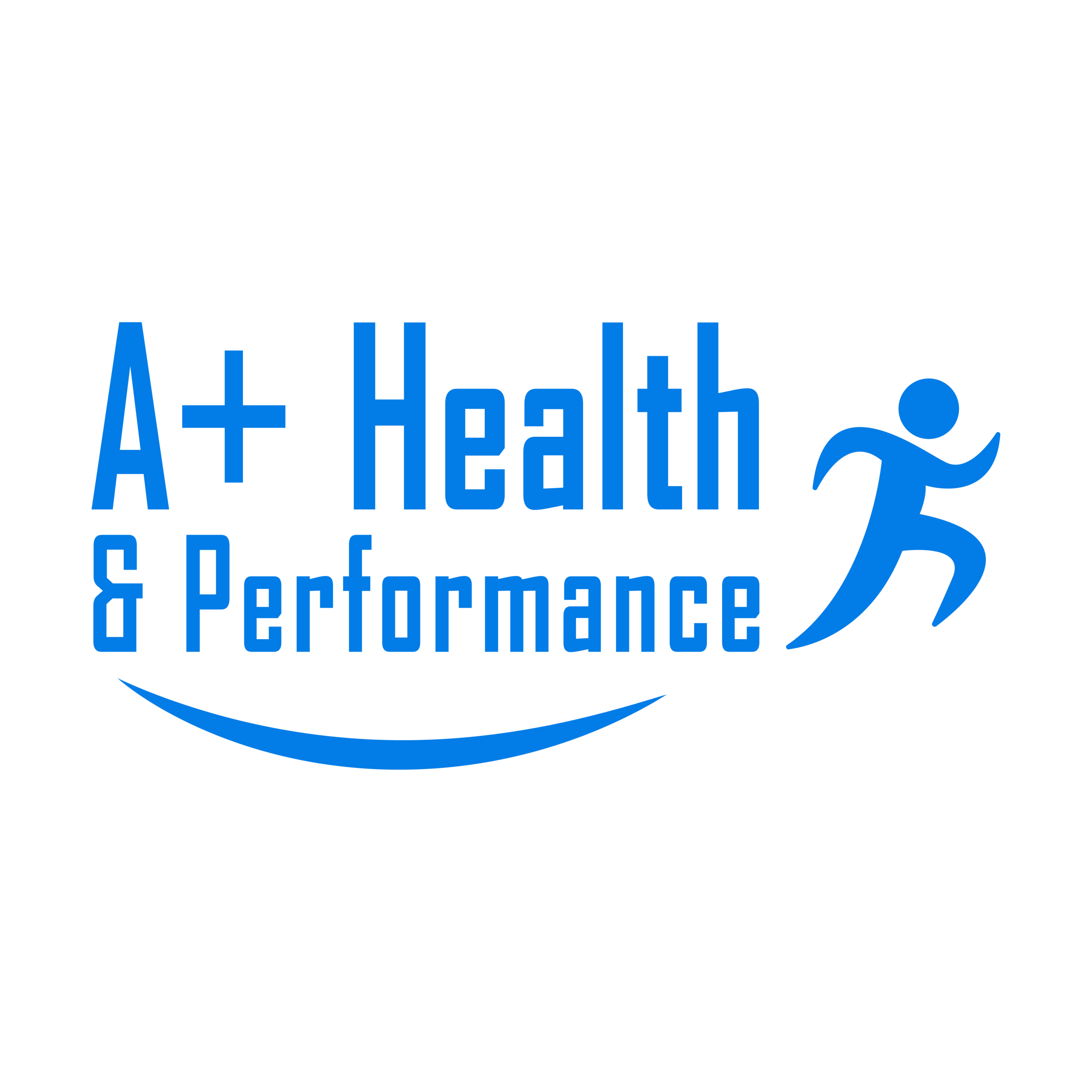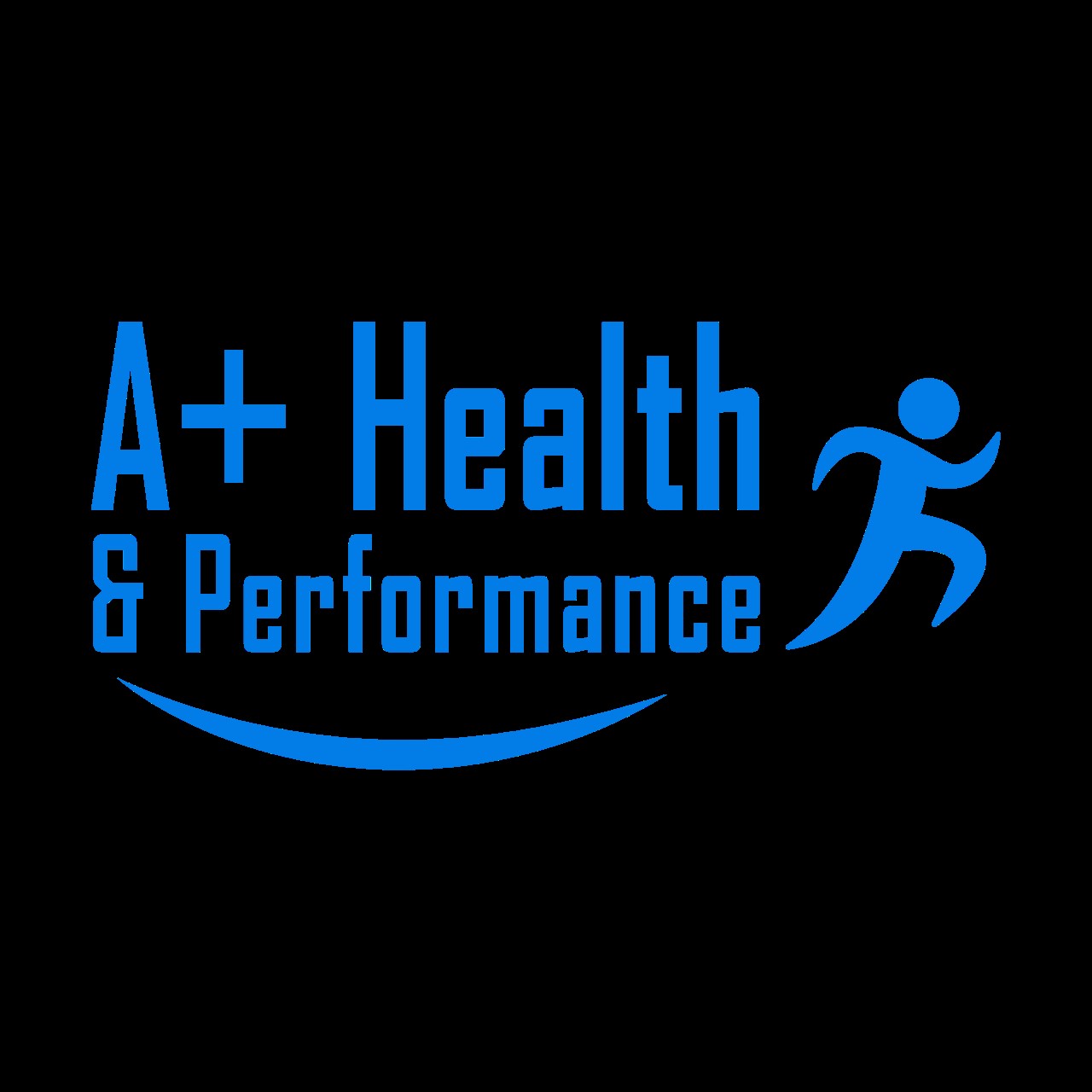How HIGH INTENSITY exercise can benefit you
HIIT has become a popular catch phrase over the past few years throughout the fitness industry. If you are familiar with it you will know the benefits this form of training can have on improving your fitness. If you are unsure what all the hype is about, this article will help you understand the benefits and how it can be suitable for you!
What is HIIT?
HIIT stands for High Intensity Interval Training, it is a form of training where high intensity ‘work’ intervals are alternated with lower intensity recovery or rest periods. These intervals may be anywhere from 10sec up to 5min duration and be performed at around 80-90% of your maximal output, which should feel quite strenuous! Recovery intervals can also be varied depending on your current fitness levels and goals in performing this type of training.
What are the benefits?
It is well known that high intensity training can elicit greater improvements in health, fitness and weight loss. HIIT is effective in improving both aerobic and anaerobic fitness as well as increasing metabolism and fat burning post-exercise.
How does it work?
The benefits come from the fact that you are completing a greater workload throughout the session compared to lower intensity or steady state exercises. The recovery intervals allow the individual to exercise at a higher overall intensity. HIIT is very adaptable as sessions can be conducted with weights, body weight, as a circuit format, running, swimming, cycling, boxing, skipping, rowing or basically any other exercise you can think of.
You may now be thinking that this sounds all well and good for fit and healthy people and athletes, but what about those with specific health conditions such as diabetes, obesity, hypertension, heart disease, pulmonary disease… amongst others.
Studies have now shown improvements in cardiorespiratory fitness using HIIT in people with these types of chronic lifestyle diseases, leading to greater functional capacity and improved quality of life for the patient (1). Additionally, improvements have been shown in cardiovascular health, blood pressure, insulin sensitivity, fat loss and maintenance of muscle mass for some patients (2).
One particular study used an interval protocol that involved 4x4minute work intervals at 85-95% of max heart rate with 3min recovery periods in between. This protocol showed improvements in cardiovascular fitness 2x greater than that of moderate continuous steady state exercise programs (3). Fig 1.
Fig. 1.
Average VO2peak of individuals before and after high-intensity interval training (HIIT) and moderate-intensity continuous exercise training (MCT) (mean ± SD). *p < 0.05, post significantly different from pre (within group); #p < 0.05, the increment change of 17.9% increase in the HIIT group is significantly larger compared to the increment change of 7.9% increase in the MCT group. 15 Adapted with permission
This is great news as it is more time efficient and produces greater results for the participant. This return on investment may lead to greater adherence and improve motivation for some people to continue regular exercise. This is important as the specific program that a person is motivated and able to complete regularly is the best program suited to their own circumstances.
Obviously safety is a factor that needs to be considered for some of these individuals with certain health conditions and the 4x4 protocol has shown minimal risk to the patient with no significant differences in negative effects or safety, compared to other moderate intensity training protocols. This being said, it is always a great idea to consult your GP or Exercise Physiologist for a full health and physical activity assessment prior to commencing a new exercise program.
To most effectively perform HIIT it may be beneficial to develop a base level of fitness prior to adding in high intensity training sessions to your program. Also, due to the nature of HIIT, it is more exhaustive and therefore it is recommended the individual start with one session per week and possibly build to 2-3 sessions per week depending on fitness levels and current goals.
Whether you are fit and healthy, or managing specific health conditions, HIIT may be a way for you to gain additional health benefits in a time effective manner and the adaptability of HIIT will be beneficial for everyone.
Give it a go if you are looking to improve your overall health and fitness!
References:
1. Leanna M. Ross, Ryan R. Porter, J. Larry Durstine
High-intensity interval training (HIIT) for patients with chronic diseases.
Department of Exercise Science, Norman J. Arnold School of Public Health, University of South Carolina, Columbia, SC 29208, USA
Journal of Sport and Health Science, Volume 5, Issue 2, June 2016, Pages 139–144
2. ACSM, High Intensity Interval Training,
https://www.acsm.org/docs/brochures/high-intensity-interval-training.pdf
3. Ø. Rognmo, E. Hetland, J. Helgerud, J. Hoff, S.A. Slørdahl
High intensity aerobic interval exercise is superior to moderate intensity exercise for increasing aerobic capacity in patients with coronary artery disease
Eur J Cardiovasc Prev Rehabil, 11 (2004), pp. 216–222


